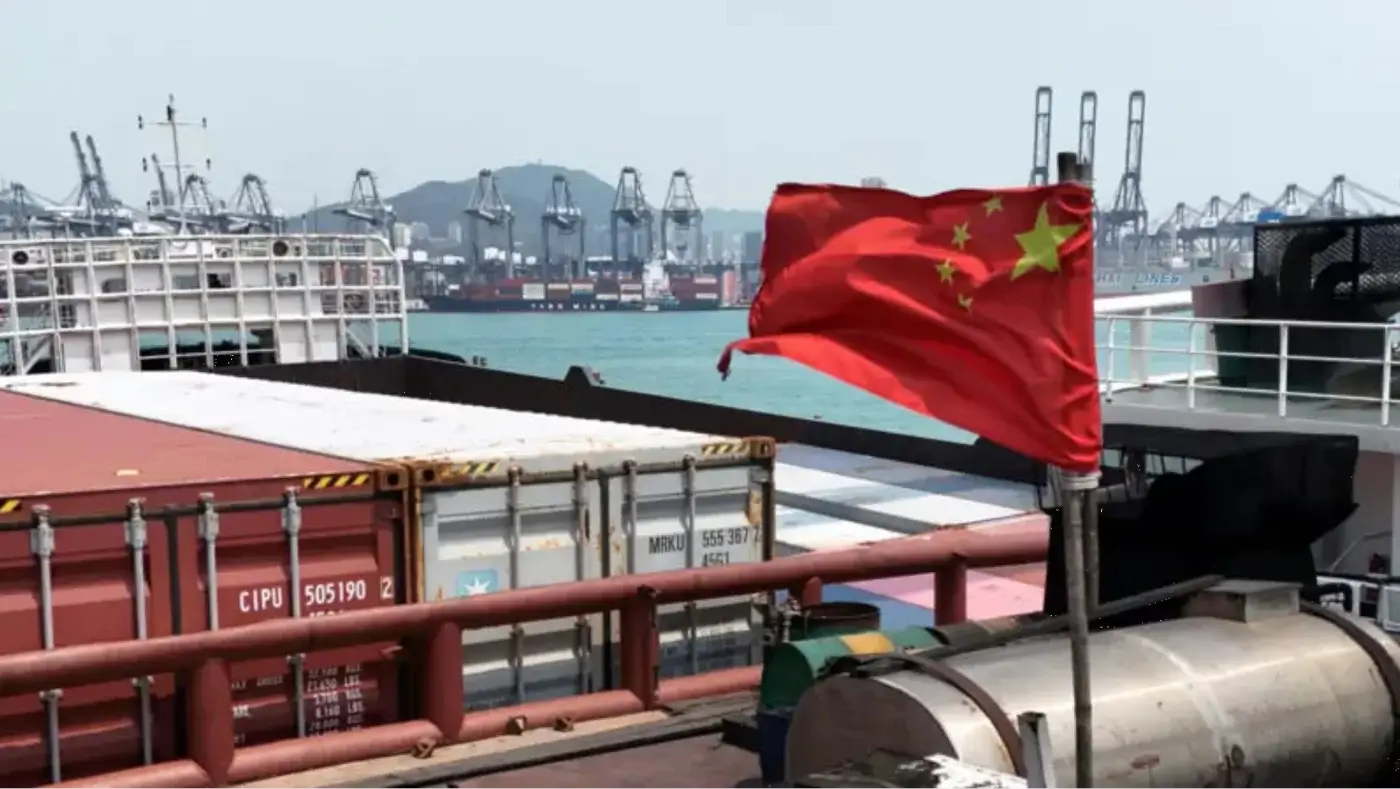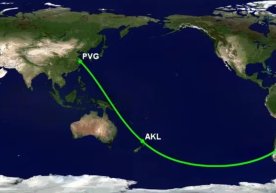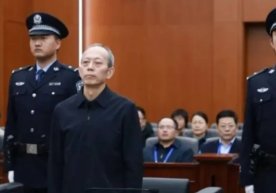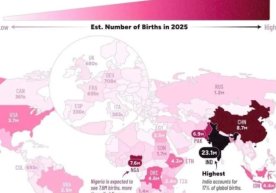
When Trump declared a trade war on the world on April 2, he imposed additional tariffs of 34 percent on Chinese imports to the United States. The president delayed the implementation by one week, offering negotiations to all countries and promising relief for those showing a "phenomenal" approach.
China condemned the move and called on other nations to defend global trade freedom. Two days later, China’s Ministry of Finance announced identical 34% tariffs in response.
At the same time, China filed an official complaint with the World Trade Organization. However, the WTO's dispute resolution mechanism has been stalled for years because the US views the organization as a tool of Chinese economic expansion and has blocked its appellate body.
China remains the primary target of Trump’s tariff policy, being the largest exporter to the US. The US runs a major trade deficit with China, and Trump had already launched a trade war during his first presidency.
The first round brought little success. Upon returning to the White House in January 2025, Trump began a second one. After the April 2 announcement, the total tariffs on Chinese goods rose to 54%.
In addition, starting May 2, Trump will end the exemption allowing packages under $800 to enter the US without duties or customs checks. In 2024 alone, Americans received nearly 1.5 billion such shipments. The move will mainly impact Chinese retailers like Shein and Temu. Read “Zamin” on Telegram!
Ctrl
Enter
Found a mistake?
Select the phrase and press Ctrl+Enter Related news
Information
Users of Меҳмон are not allowed to comment this publication.
Users of Меҳмон are not allowed to comment this publication.














